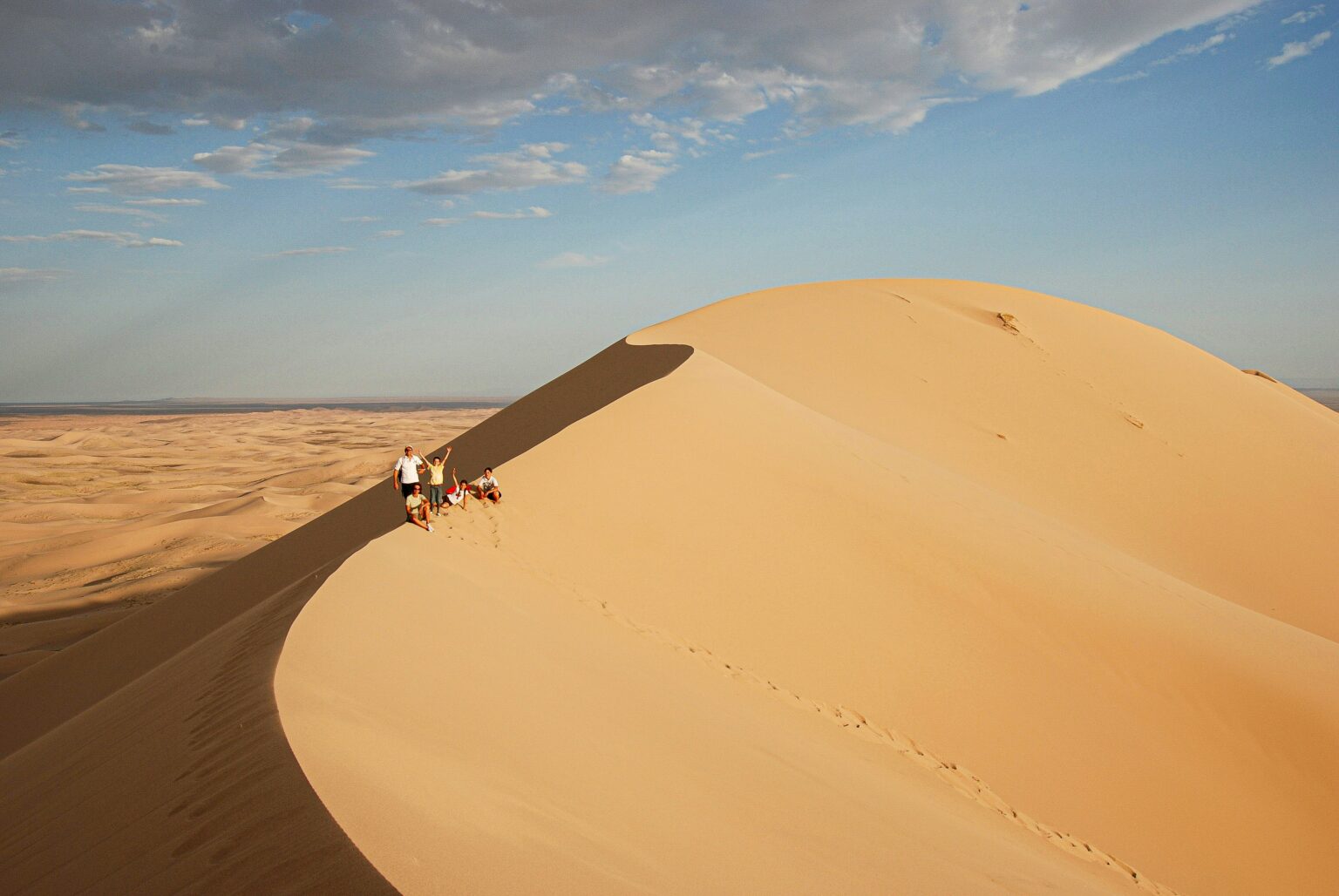The Gobi Desert, located in southern Mongolia, is one of the most iconic and fascinating landscapes in the world. Spanning over 500,000 square miles, this vast desert is a land of extremes, with scorching temperatures in the summer and freezing temperatures in the winter. Despite its harsh environment, the Gobi is home to a diverse array of wildlife and plants, as well as a rich nomadic culture that has thrived for centuries.
Embarking on a desert expedition in the Gobi is a once in a lifetime experience that allows travelers to immerse themselves in the natural beauty and unique culture of this remarkable region. With its stunning sand dunes, rocky mountains, and expansive plains, the Gobi offers a variety of landscapes to explore, each with its own charm and allure.
One of the highlights of a trip to the Gobi Desert is the opportunity to experience the traditional nomadic way of life that has been preserved for generations. Nomadic herders, known as herders, roam the desert with their livestock, moving from one grazing area to another in search of fresh grass and water. These hospitable and resourceful people are known for their resilience and ingenuity, as they have learned to adapt to the harsh conditions of the desert and survive in harmony with nature.
During a visit to the Gobi Desert, travelers can stay in traditional gers, or yurts, which are round, felt-covered tents used by nomadic herders as their homes. These comfortable and cozy dwellings provide a unique opportunity to experience firsthand the daily life of the nomadic people, from milking cows to making traditional dairy products such as airag, a fermented mare’s milk drink.
You Can Read Our Another Post Journeying through Africa’s Oldest Namib Desert
In addition to exploring the nomadic culture of the Gobi, travelers can also participate in a variety of outdoor activities, such as camel trekking, horseback riding, and hiking in the desert. Camel trekking is a popular way to experience the desert landscape, as travelers can ride on the back of a Bactrian camel, a two-humped camel native to the region, and traverse the sandy dunes and rocky terrain of the Gobi.
For those interested in wildlife, the Gobi Desert is home to a number of unique and rare species, including the elusive snow leopard and the critically endangered Gobi bear. Travelers can embark on a wildlife safari in search of these elusive creatures, as well as other wildlife such as wild sheep, ibex, and gazelles. Birdwatchers will also be delighted by the opportunity to spot numerous bird species, including the cinereous vulture and the demoiselle crane, which migrate through the Gobi Desert each year.
Aside from its natural beauty and nomadic culture, the Gobi Desert is also home to a number of historical and archaeological sites that offer insight into the region’s rich history. The Flaming Cliffs, also known as Bayanzag, are a famous site where the first dinosaur eggs were discovered in the early 20th century. Travelers can explore the red sandstone cliffs and search for dinosaur fossils, as well as visit the nearby Museum of Paleontology to learn more about the region’s prehistoric past.
Must Visit:odishashop.com
Another must-see site in the Gobi Desert is the ancient city of Karakorum, the former capital of the Mongol Empire. Built in the 13th century by Genghis Khan and his successor, Kublai Khan, Karakorum was a thriving trade hub and political center that played a key role in the empire’s expansion across Asia and Europe. Today, visitors can explore the ruins of the city, including the impressive Erdene Zuu Monastery, one of the oldest and most important monasteries in Mongolia.
In conclusion, a trip to the Gobi Desert is a truly unforgettable experience that offers travelers a chance to explore a unique and remote landscape, immerse themselves in the nomadic culture of Mongolia, and discover the region’s rich history and wildlife. Whether you’re interested in outdoor adventure, cultural immersion, or historical exploration, the Gobi Desert has something for everyone. So why wait? Embark on a desert expedition today and uncover the hidden treasures of this captivating and awe-inspiring region.
FAQ For Gobi Desert, Mongolia: Experience Nomadic Culture
What makes the Gobi Desert a unique destination for travelers?
The Gobi Desert is known for its stunning landscapes, diverse ecosystems, and rich cultural heritage, offering a unique blend of adventure and exploration.
What can travelers expect to see and do during a desert expedition in the Gobi Desert?
Travelers can experience camel treks, explore ancient dinosaur fossils, visit nomadic families, witness stunning sand dunes, and marvel at the diverse wildlife of the Gobi Desert.
How can I experience nomadic culture in the Gobi Desert?
Travelers can stay in traditional ger camps, interact with nomadic herders, learn about their way of life, participate in local traditions, and taste authentic Mongolian cuisine.
What is the best time of year to visit the Gobi Desert?
The best time to visit the Gobi Desert is during the warmer months from May to September when temperatures are more moderate and outdoor activities are more enjoyable.
Are there guided tours available for exploring the Gobi Desert and experiencing nomadic culture?
Yes, there are various tour operators that offer guided desert expeditions tailored to provide a comprehensive experience of the Gobi Desert and nomadic culture in Mongolia.

